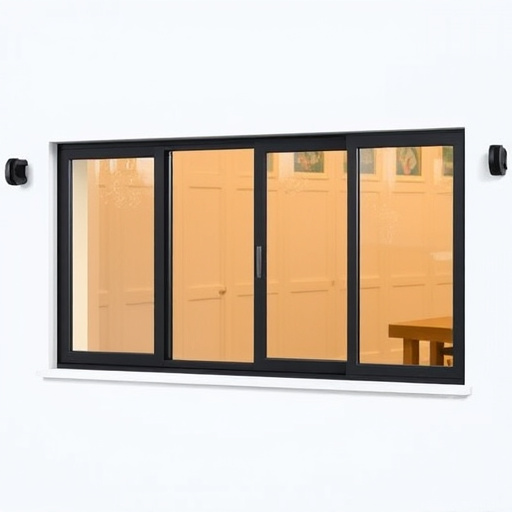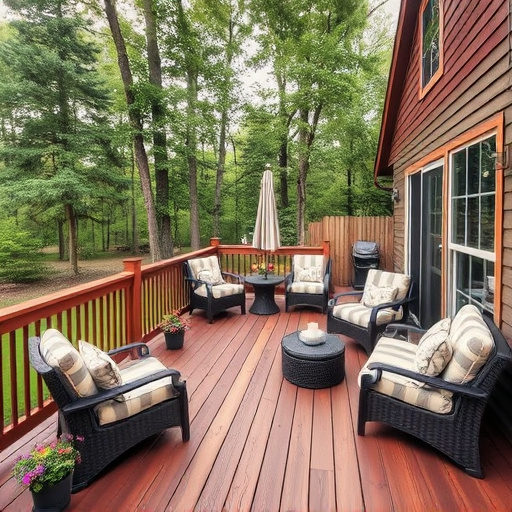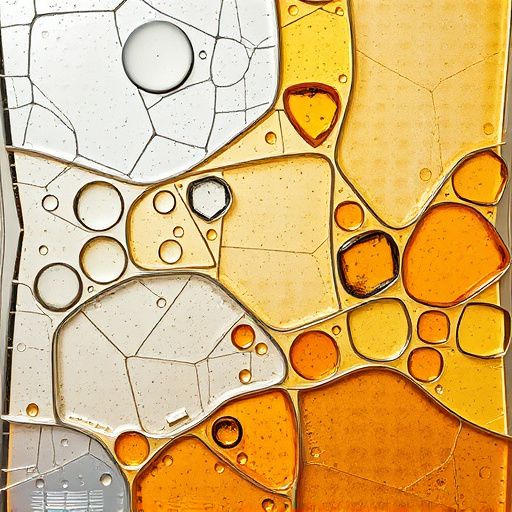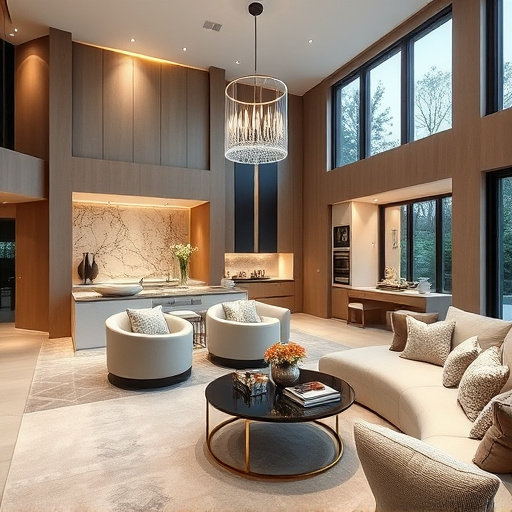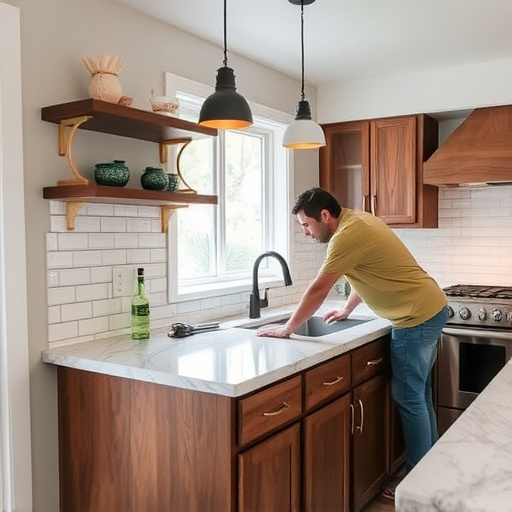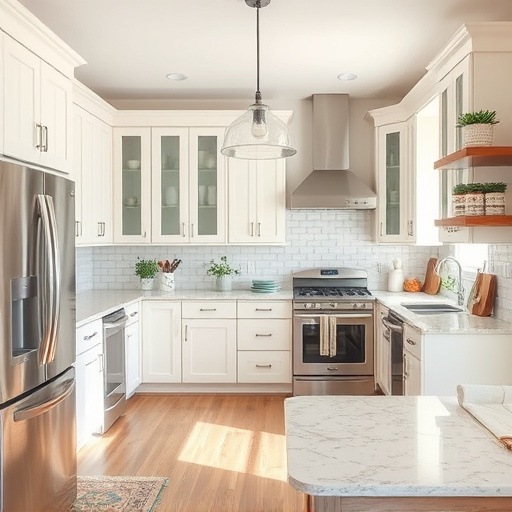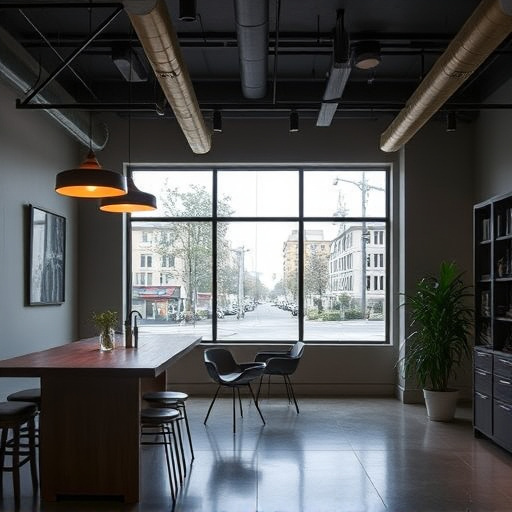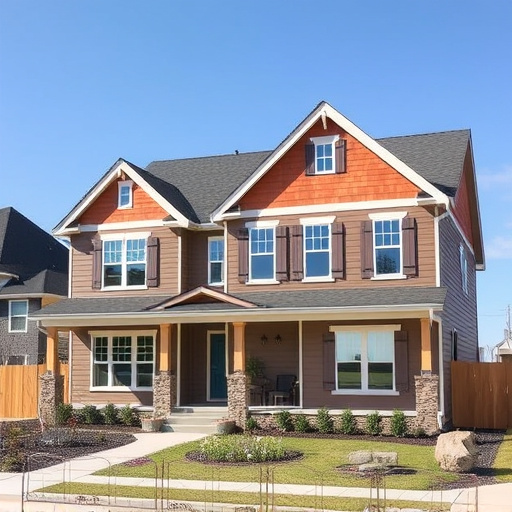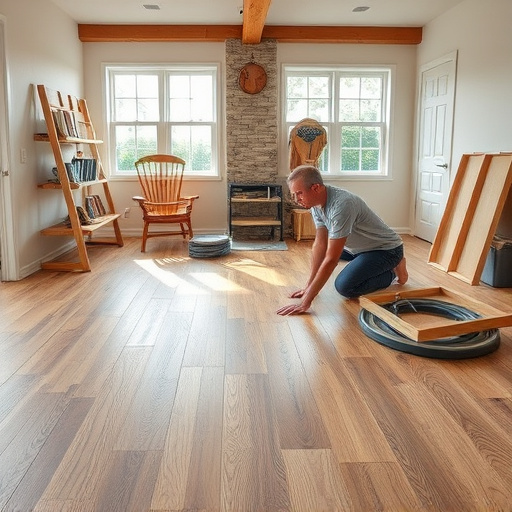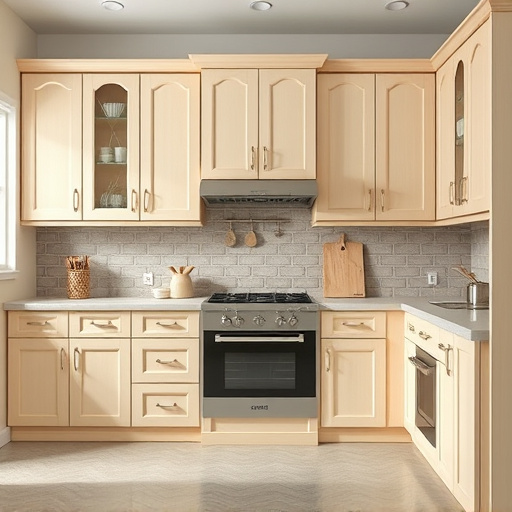Incorporating varied textures into home interiors enhances visual interest and depth, defining a space's character and ambiance. Combining different tactile elements creates extraordinary experiences in living rooms and bedrooms. In key renovation areas like kitchens and baths, textured accents elevate aesthetics and offer practical benefits. Achieving texture harmony involves thoughtfully mixing contrasting yet complementary tones to create a cohesive, inviting atmosphere.
Discover the power of texture in contemporary home interiors. This guide explores how to blend and balance different textures for a visually stunning space. From understanding the fundamentals of texture in design to employing strategic techniques for maximum visual impact, we’ll equip you with insights to enhance your living spaces. Learn tips for harmonious coexistence, ensuring your home interiors are not just modern but uniquely textured.
- Understanding Texture: The Basics of Contemporary Interiors
- Incorporating Varied Textures: Strategies for Visual Interest
- Balancing Act: Tips for Harmonious Coexistence of Textures
Understanding Texture: The Basics of Contemporary Interiors
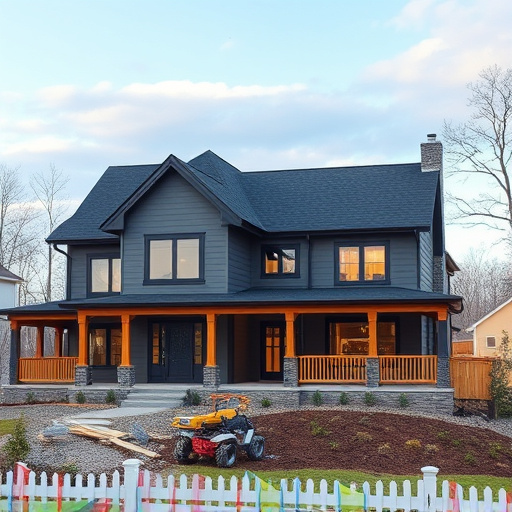
In contemporary home interiors, understanding textures is a cornerstone of design excellence. Textures add depth and dimension to spaces, transforming flat surfaces into engaging, tactile experiences. From the smooth allure of marble to the coarse warmth of burlap, each texture contributes uniquely to the overall aesthetic. In the context of a kitchen remodel or customized home renovations, incorporating diverse textures can create an inviting and sophisticated atmosphere. For instance, pairing sleek stainless steel appliances with rustic wooden furniture or adding a textured wall covering next to polished flooring enhances visual interest and creates a harmonious blend.
When considering interior painting or renovation projects, understanding texture extends beyond the touchable. It involves how materials interact with light, creating shadows and highlights that further enrich the space. Balancing textures—rough, smooth, and everything in between—allows for a dynamic interplay of colors and patterns, making your home interiors truly distinctive. This attention to detail not only elevates the visual appeal but also invites occupants to engage their senses, fostering a deeper connection with their living spaces.
Incorporating Varied Textures: Strategies for Visual Interest
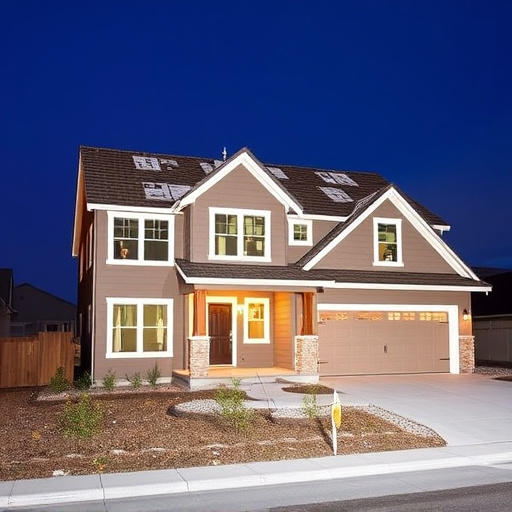
Incorporating varied textures into your home interiors is a powerful strategy to create visual interest and depth. Textures play a significant role in defining the character and ambiance of spaces, from cozy living rooms to elegant bedrooms. By combining different tactile elements, such as soft fabrics, rough ceramics, or sleek metals, you can transform ordinary home transformations into extraordinary experiences. For instance, a textured throw pillow on a smooth couch or a woven rug against polished wooden floors adds contrast and invites the eye to explore.
In kitchens and baths—key areas for renovation—textured accents can elevate the overall aesthetic of a bathroom remodel or kitchen redesign. Think about incorporating brick wallpapers, marble backsplashes, or wood paneling to create a multi-dimensional look. These tactics not only enhance the visual appeal but also offer practical benefits, like adding warmth, creating a sense of depth, and providing unique focal points that make these spaces more engaging and personalized.
Balancing Act: Tips for Harmonious Coexistence of Textures
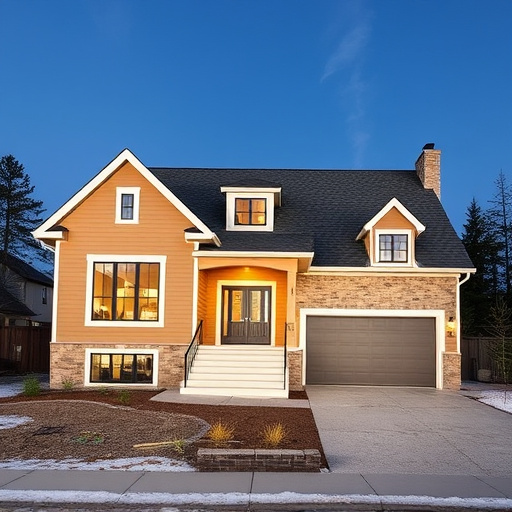
In contemporary home interiors, achieving a harmonious balance between textures is an art that can elevate the overall aesthetic appeal. The key to this balancing act lies in understanding how different textures interact and complement each other. Start by identifying the primary textures in your space—from the grain of wood furniture to the softness of fabrics and the smoothness of walls—and consider their visual weights.
To foster harmonious coexistence, mix and match textures thoughtfully. For instance, pairing a textured rug with a sleek metal frame or combining a velvet cushion with a glass table adds depth and interest. Avoid clashing by focusing on contrasting yet complementary tones; a warm wood tone can be balanced by cool metallic accents, while earthy neutrals pair nicely with crisp whites. Remember, the goal is to create a visually pleasing symphony in your home interiors, ensuring that each texture contributes to a cohesive and inviting atmosphere without overwhelming the senses.
Mixing textures in contemporary home interiors is an art that adds depth, warmth, and visual interest. By understanding the basics of texture and employing strategic incorporation, you can create a harmonious space that captivates the senses. Balancing different textures requires careful consideration, but when executed well, it results in a stunning, unique environment. Embrace the power of texture to transform your home interiors into a beautiful symphony of tactile delights.

